How Much Sd Card For Switch?
When it comes to enhancing your Nintendo Switch gaming experience, one crucial aspect that many users ponder over is storage capacity. As game file sizes continue to expand, the onboard storage of the standard Nintendo Switch, which is only 32 GB, often falls short. Therefore, investing in an SD card is almost a necessity for any avid gamer. However, the question remains: How much SD card storage is truly necessary for your Nintendo Switch? To answer this, let’s delve into various factors that influence storage needs and evaluate user demand and preferences.
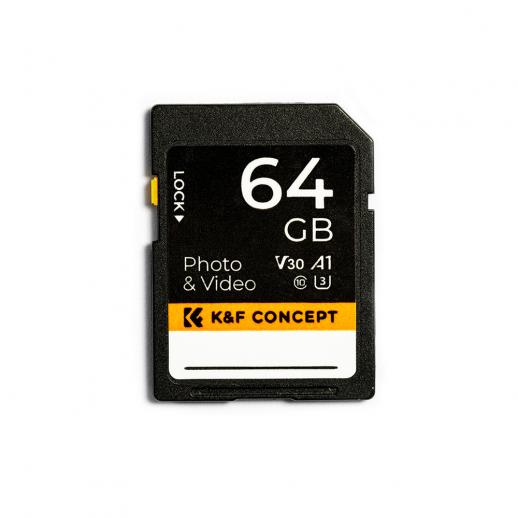
Understanding Storage Requirements:
1. Game File Sizes:
The size of game files can significantly vary. Many popular games like "The Legend of Zelda: Breath of the Wild" take up approximately 13.4 GB, while "Super Mario Odyssey" requires only about 5.7 GB. More extensive third-party titles, however, can easily exceed 20 GB. A trend worth noting is that new game releases are trending towards larger file sizes. Therefore, an SD card with adequate capacity is essential to accommodate these growing demands.
2. Digital Vs. Physical Games:
If you prefer physical game cartridges, storage demands are somewhat reduced, as these games do not need to be fully downloaded onto the internal memory, though they still require some space for save data and minor updates. On the contrary, digital game purchases will consume more space, necessitating a higher capacity SD card.
3. DLCs and Updates:
Many games frequently receive downloadable content (DLC) and updates. Titles like "Super Smash Bros. Ultimate" and "Animal Crossing: New Horizons" are prime examples of games expanding well beyond their initial install sizes due to additional content.
4. Indie Games and Smaller Titles:
Indie games and smaller titles, which are often downloaded digitally, also occupy storage space. While these may be smaller in size compared to AAA titles, a collection of numerous indie games can progressively consume substantial storage.
Choosing the Right Capacity:
Based on user demand and practical experiences, here are some common SD card capacities along with an analysis to help you decide which might suit your needs best:
1. 64 GB:
A 64 GB SD card approximately doubles the storage available on a standard Nintendo Switch. This might be a suitable option for light gamers who predominantly use physical game cartridges but occasionally download a few digital titles and updates. It provides a modest amount of additional space without being too costly.
2. 128 GB:
A 128 GB SD card offers a substantial increase and is often seen as a middle-ground choice. It's ample for gamers who have a mix of physical and digital games, and download DLCs and updates regularly. This size provides a good balance between cost and capacity, allowing space for several larger titles.
3. 256 GB:
Moving up to a 256 GB SD card is ideal for heavy gamers who favor digital game purchases or play games with extensive DLCs and updates. This capacity can effectively accommodate a broad library of games and additional content, making it less likely you'll need to upgrade again soon.
4. 512 GB and Above:
For the most avid gamers and those who desire maximum convenience, SD cards with 512 GB or more offer extensive storage. This capacity ensures that you can house large libraries of digital games, DLCs, updates, and even external media like screenshots and gameplay recordings without concern about space limitations. Though more expensive, it provides long-term peace of mind and future-proofs your storage needs.
Recommendations and Best Practices:
When determining the amount of SD card storage appropriate for your Nintendo Switch, consider your gaming habits and future needs:
- Assess Your Gaming Library:
Start by evaluating the number of games you currently own or plan to buy. A sizable library of AAA titles implies a need for higher storage capacity.
- Plan for the Future:
Given that game sizes are only expected to increase, opting for a higher capacity SD card now can save you from having to upgrade in the near future.
- Cost-Benefit Analysis:
Balance the need for storage with your budget. While larger capacity SD cards are more expensive, they often provide better value per gigabyte and reduce the hassle of managing limited storage space.
- Backup and Management:
Always back up important game data and consider transferring less frequently played games to a secondary storage device if you opt for a smaller SD card.
Conclusion:
Choosing the right SD card for your Nintendo Switch is not a one-size-fits-all decision. It largely depends on the volume of your digital purchases, the nature of the games you play, and your preferences for physical versus digital media.
For casual gamers who predominantly buy physical games, a 64 GB SD card might suffice. A 128 GB card strikes a good balance for players with a moderate mix of physical and digital games. More serious gamers who purchase numerous digital titles and download extensive DLCs should look towards 256 GB or even 512 GB cards. The key is to ensure that your storage capacity aligns with your gaming habits to enrich your overall gaming experience on the Nintendo Switch.






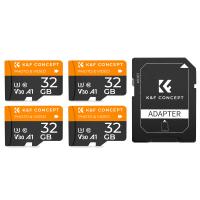
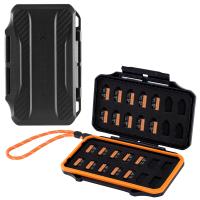
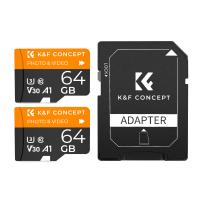


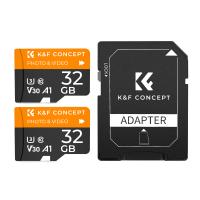

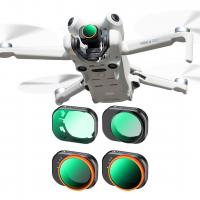
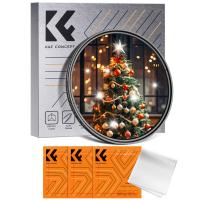

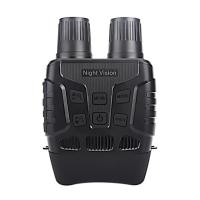

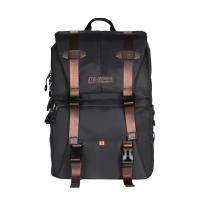
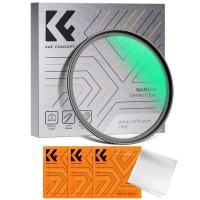
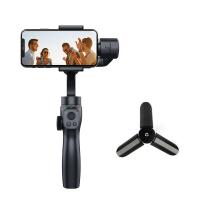
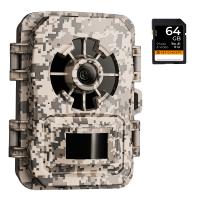
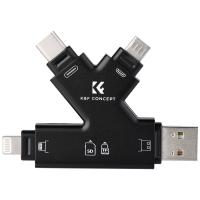







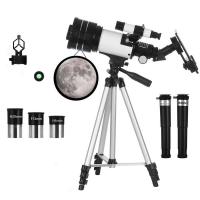
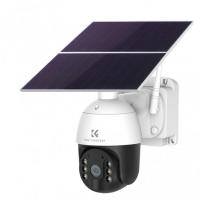



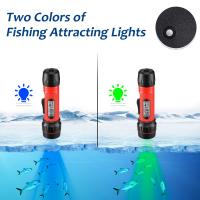
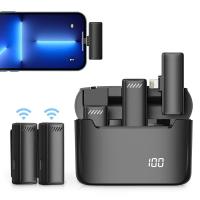



There are no comments for this blog.